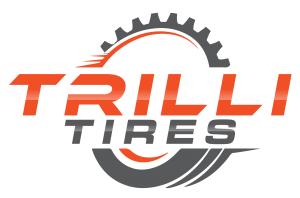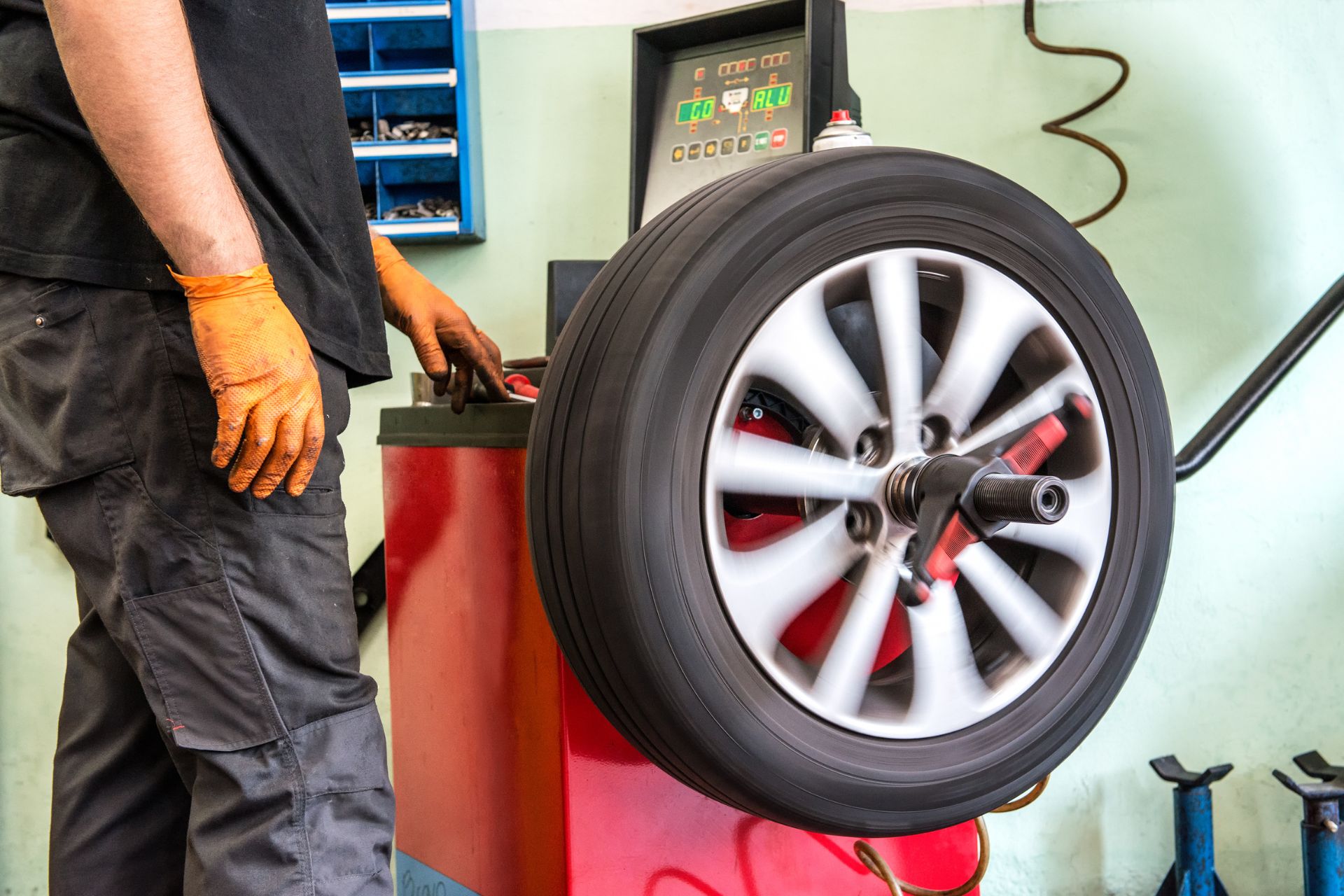When it comes to vehicle maintenance, few services are as important for driving comfort and safety as wheel balancing. While many drivers overlook it, proper balancing ensures that weight is distributed evenly around your tires and wheels. Without it, your vehicle can develop vibrations, uneven tire wear, and even long-term mechanical damage. Understanding how wheel balancing works, when it should be done, and the benefits it brings can help you keep your car performing at its best.
What is Wheel Balancing
Wheel balancing is a process that ensures the weight of the tire and wheel assembly is evenly distributed around the axle. Even minor weight imbalances can cause vibrations while driving, especially at higher speeds. During a balancing service, a technician uses a specialized machine to measure where the imbalance lies. Small counterweights are then attached to the wheel to correct the issue. The result is smoother handling, reduced tire wear, and improved overall performance.
Signs That Your Wheels Need Balancing
Knowing when to get your wheels balanced is essential for avoiding problems before they escalate. Some common signs include:
- Vibrations in the steering wheel, seat, or floor at certain speeds
- Uneven or rapid tire wear
- Increased road noise
- Poor handling or a feeling that the car is pulling to one side
If you notice any of these symptoms, scheduling a wheel balancing service as soon as possible is a smart decision. Ignoring these early warning signs can lead to costly repairs down the road.
Benefits of Proper Wheel Balancing
Balancing your wheels is more than just a comfort issue. It has significant benefits for your vehicle’s longevity, performance, and safety.
Smoother Driving Experience
One of the most immediate benefits is a smoother ride. Unbalanced wheels create noticeable vibrations that can make driving uncomfortable, particularly on highways. Once the wheels are balanced, the vehicle feels more stable, and vibrations are significantly reduced.
Longer Tire Life
Tires are a major investment, and uneven wear caused by unbalanced wheels shortens their lifespan. Proper wheel balancing helps distribute weight evenly, reducing premature tread wear and helping you get the most mileage out of your tires.
Better Fuel Efficiency
An unbalanced wheel assembly makes the engine work harder to maintain stability and performance. This extra strain results in reduced fuel efficiency. Keeping your wheels balanced ensures your vehicle runs more efficiently, saving money on fuel over time.
Reduced Wear on Suspension and Steering
When wheels are not balanced, the vibrations put stress on your suspension and steering components. Over time, this can lead to premature wear and costly repairs. Regular balancing helps protect these systems and ensures your vehicle operates as designed.
Enhanced Safety
Safety is the most important reason to keep up with wheel balancing. Unstable handling, uneven tire wear, and increased stress on critical systems all add up to potential safety risks. Proper balancing reduces the likelihood of sudden tire failure or steering issues, giving you peace of mind on the road.
How Often Should Wheel Balancing Be Done
The frequency of wheel balancing depends on your driving habits and road conditions. As a general rule, wheels should be balanced every 8,000 to 10,000 kilometres or whenever you install new tires. You should also consider balancing if you notice vibrations, uneven tire wear, or after hitting a large pothole. Regular inspections during routine tire rotations are also an excellent time to ensure proper balancing.
Top Tips for Maintaining Proper Wheel Balance
Keeping your wheels balanced is not a one-time service. It requires regular attention and good maintenance habits. Here are some tips to help you maintain proper balance:
Rotate Your Tires Regularly
Tire rotation helps ensure even wear across all four tires, reducing the chances of imbalance. Most experts recommend rotating your tires every 8,000 kilometres. Doing this in combination with balancing will maximize tire life and performance.
Check Tire Pressure Frequently
Incorrect tire pressure can mimic the symptoms of unbalanced wheels. Overinflated or underinflated tires put uneven pressure on the contact patch, which can affect balance. Make it a habit to check your tire pressure at least once a month and before long trips.
Get Balancing with Every Tire Change
Whenever you replace or repair a tire, it is wise to have all four wheels balanced. This ensures that even slight differences in weight or alignment from the new tire do not cause future problems.
Pay Attention to Road Hazards
Hitting potholes, curbs, or other road obstacles can easily throw off wheel balance. If you experience an impact, have your wheels checked to ensure they are still balanced and aligned.
Combine with Wheel Alignment
Wheel balancing and alignment are separate services, but they complement each other. Alignment ensures the wheels are pointing in the correct direction, while balancing ensures weight is distributed evenly. Scheduling both together improves handling, safety, and tire longevity.
Use Professional Services
While balancing machines are available for home garages, professional technicians have the training and equipment to do the job accurately. A professional service ensures precise balancing that meets industry standards.
Common Myths About Wheel Balancing
There are several misconceptions about wheel balancing that lead some drivers to neglect it.
- Myth: Balancing is only necessary for new tires. In reality, balancing should be performed throughout the life of your tires, not just when they are new.
- Myth: Vibrations are caused only by bad roads. While rough roads contribute to wear, vibrations often point to an imbalance issue.
- Myth: Balancing is the same as alignment. Balancing addresses weight distribution, while alignment corrects the angles of your wheels. Both are important but serve different purposes.
Understanding the difference between myths and facts helps drivers make informed decisions about their vehicle’s care.
Why Wheel Balancing Should Not Be Ignored
Neglecting wheel balancing can lead to costly and dangerous consequences. Tires wear out faster, suspension parts fail prematurely, and fuel economy decreases. More importantly, handling becomes less predictable, putting you and your passengers at risk. Treating balancing as a regular part of vehicle maintenance saves money, extends the life of your car, and ensures safe driving conditions.
Wrapping Things Up
Wheel balancing is a crucial aspect of car maintenance that offers numerous benefits, from smoother rides to longer tire life and improved safety. By paying attention to the signs of imbalance, scheduling regular service, and following best practices, drivers can protect their investment and enjoy better performance on the road.
For professional wheel balancing and tire care, contact TrilliTires, proudly serving Richmond Hill and the rest of the GTA.



